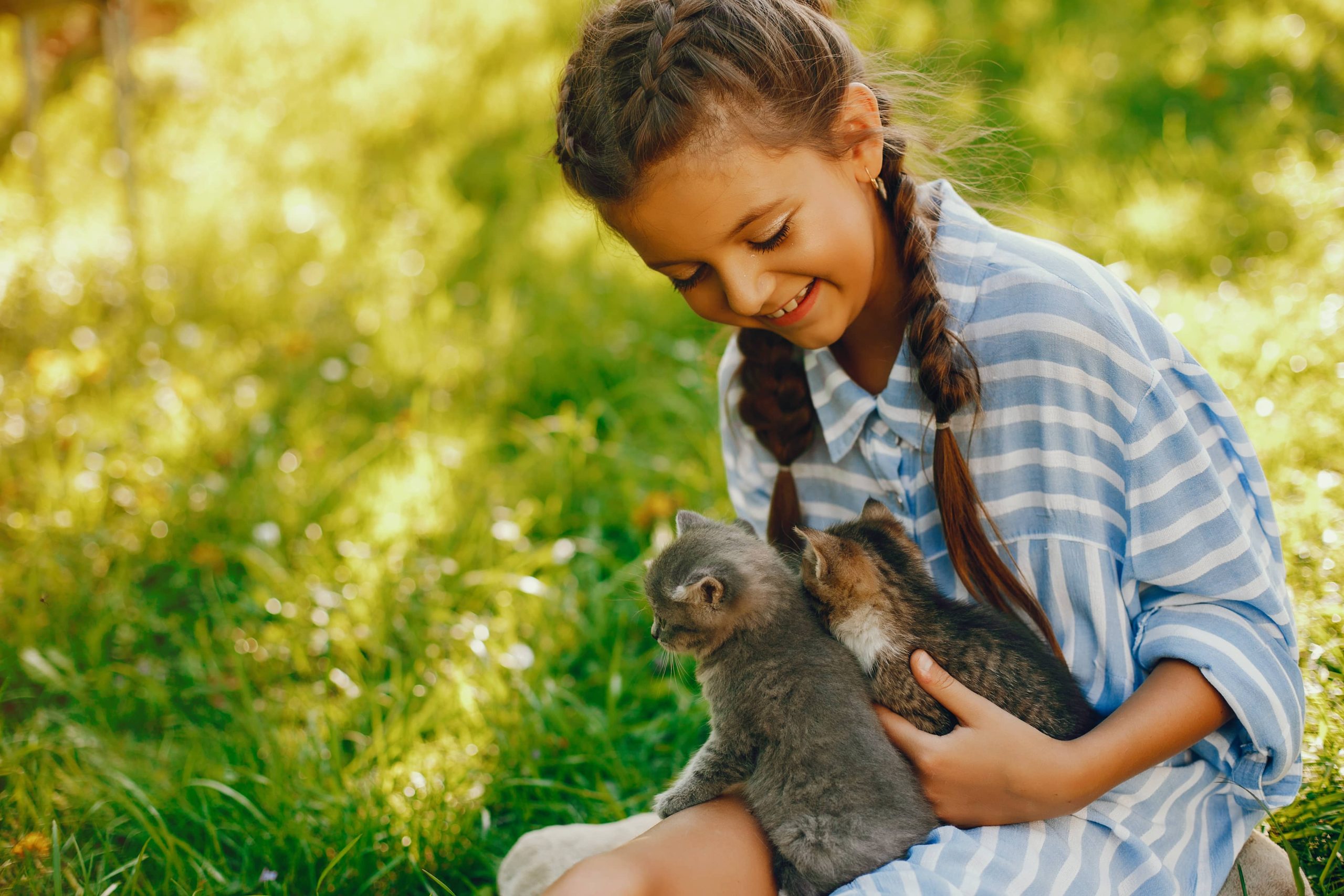
The Top Small Exotic Pets Suitable for Apartment Living
Living in an apartment doesn’t mean you can’t enjoy the companionship of an exotic pet. While space is limited, the world of exotic pets offers a variety of small creatures that can comfortably live in a cozy urban environment. This blog post delves into some of the top small exotic pets that are perfect for apartment living, keeping both your space constraints and desire for unique animal companionship in mind.
1. Hedgehogs:
Hedgehogs are increasingly popular as pets due to their endearing personalities and relatively easy care requirements. These nocturnal creatures are known for their spiny coats and sweet faces.
– Housing: A large plastic tub or glass terrarium with proper ventilation can serve as a hedgehog’s home. Ensure the enclosure is spacious enough (at least 4 square feet) and includes hiding spots, a wheel for exercise, and a shallow dish for food and water.
– Diet: Hedgehogs primarily eat high-quality cat food supplemented with insects like mealworms and crickets, as well as fresh fruits and vegetables.
– Care Considerations: Regular handling is key to taming your hedgehog, and they need a warm environment (75-85°F) to stay healthy.
2. Sugar Gliders:
These small marsupials are known for their gliding abilities and social nature. Sugar gliders form strong bonds with their owners and other sugar gliders.
– Housing: A tall, roomy cage (minimum 24x36x24 inches) with plenty of branches, pouches, and toys is ideal. They thrive on space that allows for climbing and gliding.
– Diet: Their diet is diverse, including fresh fruits, vegetables, insects, and specially formulated sugar glider food.
– Care Considerations: Sugar gliders are nocturnal and require social interaction. They do best when kept in pairs and need a lot of attention to prevent loneliness and stress.
3. Reptiles (e.g., Leopard Geckos, Crested Geckos):
For those fascinated by reptiles, leopard geckos and crested geckos make excellent small pets.
– Housing: A 10 to 20-gallon tank is sufficient for a single gecko. It should be equipped with hiding spots, branches, and proper heating and lighting.
– Diet: Leopard geckos mainly eat live insects such as crickets, mealworms, and roaches. Crested geckos can be fed a commercial powdered diet mixed with water, supplemented with insects.
– Care Considerations: Geckos are relatively low-maintenance, but require specific habitat conditions (temperature, humidity) to thrive. Leopard geckos need a temperature gradient and UVB light, while crested geckos require higher humidity levels and do well without UVB light.
4. Degu:
Degus are small rodents that look like a cross between a chinchilla and a gerbil. They are social, intelligent, and often enjoy human interaction.
– Housing: A multi-level cage with plenty of exercise opportunities, such as wheels, tunnels, and chew toys, is perfect for degus.
– Diet: Their diet consists mainly of high-quality hay, tailored degu pellets, and occasional fresh vegetables. Avoid sugary foods as degus are prone to diabetes.
– Care Considerations: Degus are daytime creatures and enjoy social interaction, both with their human caretakers and other degus. They require mental stimulation to prevent boredom.
5. Poison Dart Frogs:
Despite their name, captive-bred poison dart frogs lack the toxins found in their wild counterparts. They are beautifully colored and relatively easy to care for.
– Housing: A well-ventilated glass terrarium (minimum 10 gallons for a pair) with a complex ecosystem including live plants, hiding spots, and a water feature is ideal.
– Diet: They mainly eat small live insects like fruit flies and pinhead crickets.
– Care Considerations: Maintaining the appropriate humidity (70-100%) and temperature (70-80°F) is crucial. Their vibrant colors and active nature can be extremely captivating.
6. Pygmy Hedgehog:
Slightly smaller than regular hedgehogs, pygmy hedgehogs are another fantastic small pet option.
– Housing: Similar to regular hedgehogs, a spacious enclosure with enough room for exercise, hideouts, and proper ventilation is essential.
– Diet: Their diet includes high-quality cat food, supplemented with insects, fruits, and vegetables.
– Care Considerations: Like their larger relatives, pygmy hedgehogs thrive in warm environments and need regular handling to bond with their owners.
7. Axolotls:
Often dubbed as “Mexican walking fish,” axolotls are actually amphibians with a unique ability to regenerate lost limbs.
– Housing: An aquarium of at least 20 gallons with ample space for swimming but not too deep, as axolotls spend much of their time at the bottom.
– Diet: Axolotls are carnivorous and consume a variety of foods like worms, small fish, and specially formulated axolotl pellets.
– Care Considerations: They need clean, cool water (60-64°F) and a well-maintained filter. Axolotls are delicate, so gentle handling is important.
Conclusion
Whether you’re captivated by the unique gliding abilities of sugar gliders, the quirky personality of a degu, or the vibrant colors of poison dart frogs, many small exotic pets can comfortably share your apartment living space. Remember, the key to ensuring your pet thrives is thorough research and preparation to meet their specific needs. Always consider the long-term commitment these wonderful creatures require, and make sure to provide a loving and stimulating environment for your exotic companion.
In your journey to find the perfect small exotic pet for your apartment, don’t hesitate to dive deeper into the specifics of each species and consult with exotic pet veterinarians to tailor your care approach. Happy pet parenting!
—






